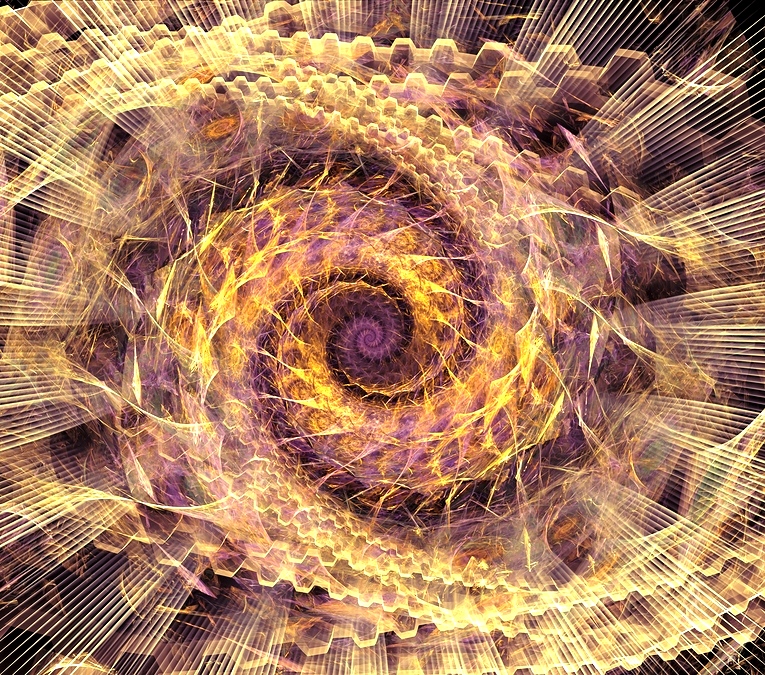A few years ago the actor and filmmaker Seth MacFarlane made a brave and honest observation about his inner life: “I wish I was better at taking in how great my life is, but that’s surprisingly elusive. I tend to be very hard on myself and insecure about failing no matter what … [Read more...] about Deeper Reflections on Inner Passivity
